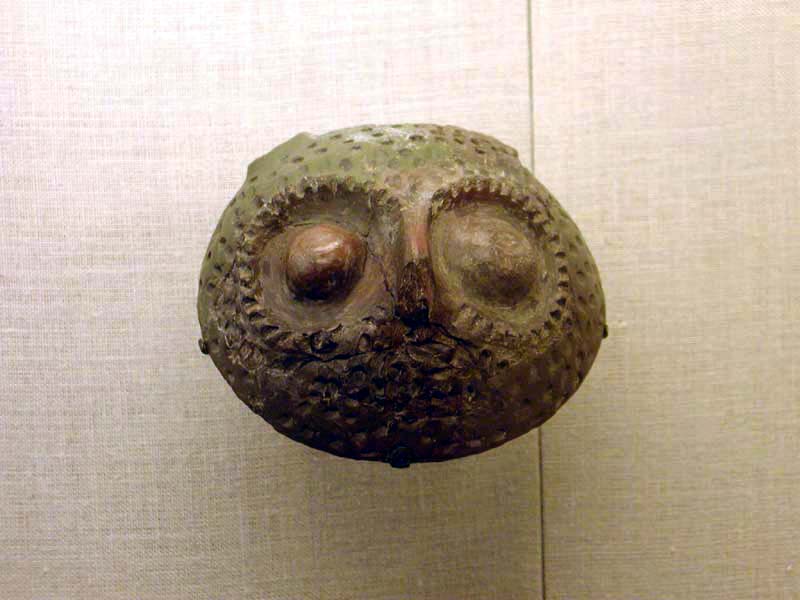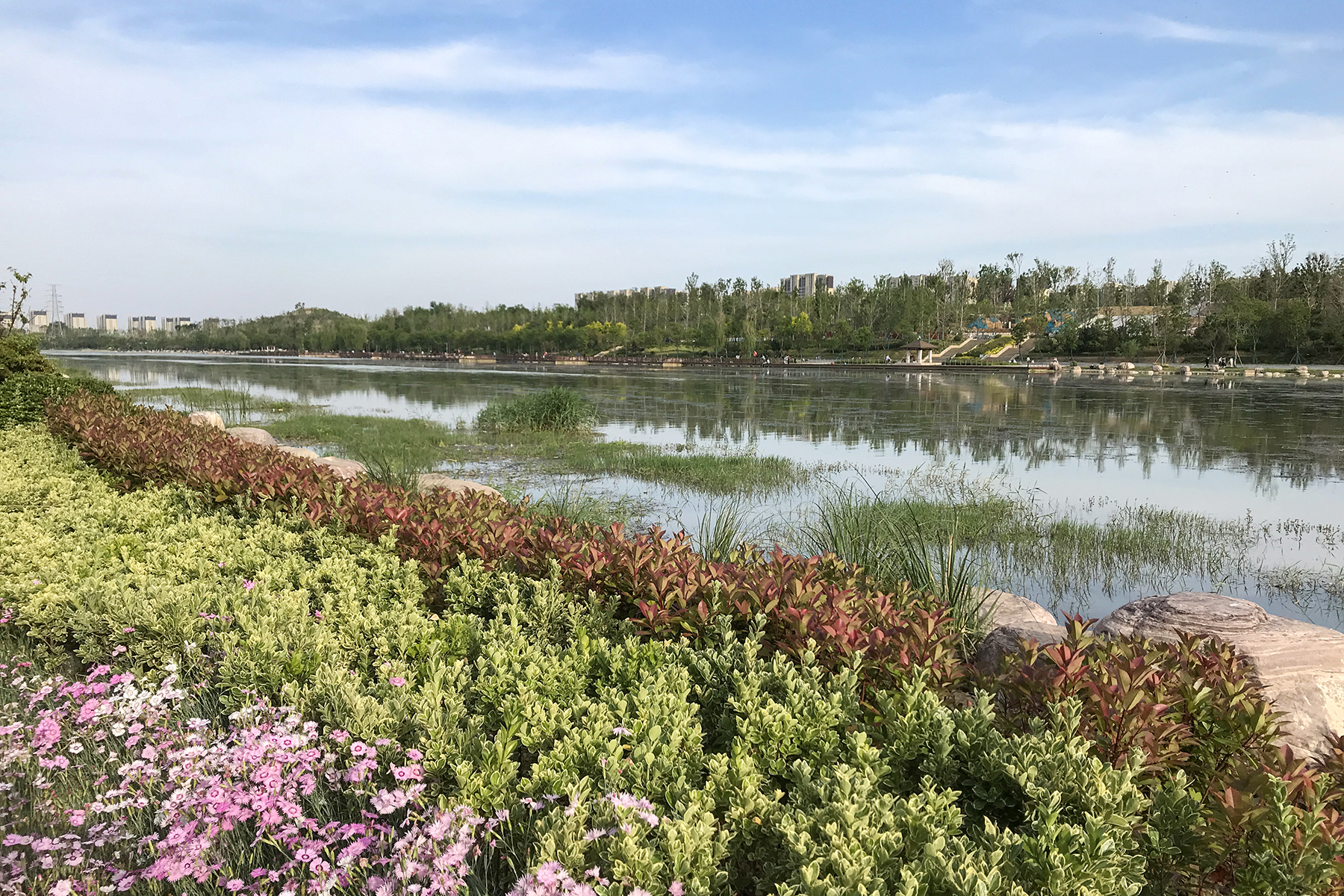|
Xu Shang
Xu Shang (徐商), courtesy name Yisheng (義聲) or Qiuqing (秋卿), formally Viscount of Dongguan (東莞子), was an official of the Chinese Tang Dynasty, serving as a chancellor during the reign of Emperor Yizong of Tang. Background It is not known when Xu Shang was born. He was a fifth-generation descendant of Xu Yougong (徐有功), a famed judge during the reign of Wu Zetian.''New Book of Tang'', vol. 113. His family claimed to be originally descended from mythical Xia Dynasty judge Gao Yao and traced its ancestry through a line of officials of the Qin Dynasty, the Han Dynasty, the state Cao Wei, the Jin Dynasty (266–420), the Liu Song dynasty, the Southern Qi dynasty, the Liang Dynasty, the Chen Dynasty, and the Tang Dynasty. His father Xu Zai (徐宰) served as a judge at the supreme court (大理寺, ''Dali Si''). Xu Shang had at least one younger brother, Xu Gong (徐宮). By Xu Zai's time, the family was living in Xinzheng (新鄭, in modern Zhengzhou, Henan) ... [...More Info...] [...Related Items...] OR: [Wikipedia] [Google] [Baidu] |
Courtesy Name
A courtesy name (), also known as a style name, is a name bestowed upon one at adulthood in addition to one's given name. This practice is a tradition in the East Asian cultural sphere, including China China, officially the People's Republic of China (PRC), is a country in East Asia. It is the world's List of countries and dependencies by population, most populous country, with a Population of China, population exceeding 1.4 billion, slig ..., Japan, Korea, and Vietnam.Ulrich TheobaldNames of Persons and Titles of Rulers/ref> A courtesy name is not to be confused with an art name, another frequently mentioned term for an alternative name in East Asia, which is closer to the concept of a pen name or a pseudonym. Usage A courtesy name is a name traditionally given to Chinese men at the age of 20 East Asian age reckoning, ''sui'', marking their coming of age. It was sometimes given to women, usually upon marriage. The practice is no longer common in modern Chinese socie ... [...More Info...] [...Related Items...] OR: [Wikipedia] [Google] [Baidu] |
Liang Dynasty
The Liang dynasty (), alternatively known as the Southern Liang () in historiography, was an imperial dynasty of China and the third of the four Southern dynasties during the Northern and Southern dynasties period. It was preceded by the Southern Qi dynasty and succeeded by the Chen dynasty. The rump state of Western Liang existed until it was conquered in 587 by the Sui dynasty. Rule During the Liang dynasty, in 547 a Persian embassy paid tribute to the Liang, amber was recorded as originating from Persia by the '' Book of Liang''. In 548, Hou Jing Prince of Henan started a rebellion with Xiao Zhengde the Prince of Linhe, nephew and a former heir of Emperor Wu of Liang and installed Xiao Zhengde as emperor. In 549, Hou sacked Jiankang, deposed and killed Xiao Zhengde, seized the power and put Emperor Wu effectively under house arrest. He dismissed the armies opposed to him in the name of Emperor Wu. In 550 Emperor Wu died, Hou created Emperor Wu's third son Crown Pr ... [...More Info...] [...Related Items...] OR: [Wikipedia] [Google] [Baidu] |
Yuncheng, Shanxi
Yuncheng is the southernmost prefecture-level city in Shanxi province, People's Republic of China. It borders Linfen and Jincheng municipalities to the north and east, and Henan (Luoyang and Jiyuan to the east, Sanmenxia to the south) and Shaanxi (Weinan) provinces to the east, south and west, respectively. As of the 2020 census, its population was 4,774,508 inhabitants (5,134,779 in 2010), of whom 928,334 (680,036 in 2010) lived in the built-up (''or metro'') area made of Yanhu District. One can note than Pinglu County, 205,080 inhabitants in the south, is now part of Sanmenxia built-up (or metro) area. History In early China, it was the location of the state of Kunwu (). Yuncheng was the site of the Yuncheng Campaign (三打运城), battle between the Kuomintang army and the People's Liberation Army during Chinese civil war. The famous general Guan Yu from the late Han Dynasty was also born in this region. Archaeology In July 2022, archaeologists announced a discovery ... [...More Info...] [...Related Items...] OR: [Wikipedia] [Google] [Baidu] |
Jiedushi
The ''jiedushi'' (), or jiedu, was a title for regional military governors in China which was established in the Tang dynasty and abolished in the Yuan dynasty. The post of ''jiedushi'' has been translated as "military commissioner", " legate", or "regional commander". Originally introduced in 711 to counter external threats, the ''jiedushi'' were posts authorized with the supervision of a defense command often encompassing several prefectures, the ability to maintain their own armies, collect taxes and promote and appoint subordinates. Powerful ''jiedushi'' eventually became '' fanzhen'' rulers (''de facto'' warlords) and overrode the power of the central government of Tang. An early example of this was An Lushan, who was appointed ''jiedushi'' of three regions, which he used to start the An Lushan Rebellion that abruptly ended the golden age of the Tang dynasty. Even after the difficult suppression of that rebellion, some ''jiedushi'' such as the Three Fanzhen of Hebei we ... [...More Info...] [...Related Items...] OR: [Wikipedia] [Google] [Baidu] |
Emperor Xuānzong Of Tang
Emperor Xuanzong of Tang (July 27, 810 – September 7, 859) (reigned April 25, 846 – September 7, 859) was an emperor in the latter part of the Tang dynasty of China. Personally named Li Yi, later renamed Li Chen (), and known before his reign as the Prince of Guang, he was considered the last capable emperor of Tang China. Succeeding emperors after Xuanzong would either be too young or be dominated by eunuchs or warlords. Emperor Xuanzong was the 13th son of Emperor Xianzong (r. 806–820) and an uncle of the previous three emperors, Emperor Jingzong, Emperor Wenzong, and Emperor Wuzong. To distinguish Emperor Xuanzong from his ancestor Emperor Xuánzong (personal name Li Longji), as their temple names are rendered identically in Wade–Giles and when pinyin tonal marks are not used, Xuanzong is occasionally referred to as Xuanzong II in western sources; in Chinese, however, their temple names (宣宗 for him and 玄宗 for Li Longji) are clearly distinct and this devic ... [...More Info...] [...Related Items...] OR: [Wikipedia] [Google] [Baidu] |
Imperial Examination
The imperial examination (; lit. "subject recommendation") refers to a civil-service examination system in Imperial China, administered for the purpose of selecting candidates for the state bureaucracy. The concept of choosing bureaucrats by merit rather than by birth started early in Chinese history, but using written examinations as a tool of selection started in earnest during the Sui dynasty (581–618) then into the Tang dynasty of 618–907. The system became dominant during the Song dynasty (960–1279) and lasted for almost a millennium until its abolition in the late Qing dynasty reforms in 1905. Aspects of the imperial examination still exist for entry into the civil service of contemporary China, in both the People's Republic of China (PRC) and the Republic of China (ROC). The exams served to ensure a common knowledge of writing, Chinese classics, and literary style among state officials. This common culture helped to unify the empire, and the ideal of achievem ... [...More Info...] [...Related Items...] OR: [Wikipedia] [Google] [Baidu] |
Zhongtiao Mountains
The Zhongtiao Mountains () are a major mountain range located in the south of China’s Shanxi Province. Running from north east to south west the range connects with the Taihang Mountains to the east, overlooks the Yellow River to the south and faces the Fen River valley to the north west. To the west the mountains are separated from the Yellow River by the Qin Mountains. The range extends for approximately with the highest peak rising to above sea level. During the Second Sino-Japanese War (1937–1945) the Japanese army advanced west into Shaanxi and encircled this area many times in what was known as the Zhongtiao Mountains Campaign. The Zhongtiao Mountains were one of the birth places of Taoism Taoism (, ) or Daoism () refers to either a school of philosophical thought (道家; ''daojia'') or to a religion (道教; ''daojiao''), both of which share ideas and concepts of Chinese origin and emphasize living in harmony with the '' Ta ... in Northern China and an ... [...More Info...] [...Related Items...] OR: [Wikipedia] [Google] [Baidu] |
Hermit
A hermit, also known as an eremite ( adjectival form: hermitic or eremitic) or solitary, is a person who lives in seclusion. Eremitism plays a role in a variety of religions. Description In Christianity, the term was originally applied to a Christian who lives the eremitic life out of a religious conviction, namely the Desert Theology of the Old Testament (i.e., the 40 years wandering in the desert that was meant to bring about a change of heart). In the Christian tradition the eremitic life is an early form of monastic living that preceded the monastic life in the cenobium. In chapter 1, the Rule of St Benedict lists hermits among four kinds of monks. In the Roman Catholic Church, in addition to hermits who are members of religious institutes, the Canon law (canon 603) recognizes also diocesan hermits under the direction of their bishop as members of the consecrated life. The same is true in many parts of the Anglican Communion, including the Episcopal Church in the U ... [...More Info...] [...Related Items...] OR: [Wikipedia] [Google] [Baidu] |
Henan
Henan (; or ; ; alternatively Honan) is a landlocked province of China, in the central part of the country. Henan is often referred to as Zhongyuan or Zhongzhou (), which literally means "central plain" or "midland", although the name is also applied to the entirety of China proper. Henan is a birthplace of Han Chinese civilization, with over 3,200 years of recorded history and remained China's cultural, economic and political center until approximately 1,000 years ago. Henan Province is home to many heritage sites, including the ruins of Shang dynasty capital city Yin and the Shaolin Temple. Four of the Eight Great Ancient Capitals of China, Luoyang, Anyang, Kaifeng and Zhengzhou, are in Henan. The practice of tai chi also began here in Chen Jia Gou Village (Chen style), as did the later Yang and Wu styles. Although the name of the province () means "south of the ellowriver.", approximately a quarter of the province lies north of the Yellow River, also known as th ... [...More Info...] [...Related Items...] OR: [Wikipedia] [Google] [Baidu] |
Zhengzhou
Zhengzhou (; ), also spelt Zheng Zhou and alternatively romanized as Chengchow, is the capital and largest city of Henan Province in the central part of the People's Republic of China. Located in north-central Henan, it is one of the National Central Cities in China, the centre of Central Plains area, and serves as the political, economic, technological, and educational center of the province. The Zhengzhou metropolitan area (including Zhengzhou and Kaifeng) is the core area of the Central Plains Economic Zone. The city lies on the southern bank of the Yellow River. Zhengzhou is a major hub of China's national transportation network, with railways connecting Zhengzhou to Europe and an international airport. Zhengzhou is a and a State-list Famous Historical and Culture City. As of 2020, there are two World Cultural Heritage Sites in Zhengzhou. The Zhengzhou Commodity Exchange (ZCE) is China's first futures exchange. Zhengzhou Airport Economy Zone is China's first Airport ... [...More Info...] [...Related Items...] OR: [Wikipedia] [Google] [Baidu] |
Xinzheng
Xinzheng () is a county-level city of Henan Province, China. It is under the administration of the prefecture-level city of Zhengzhou, the provincial capital. The city has a population of 600,000 people and covers an area of , of which is urban. History Xinzheng is considered one of the birthplaces of the Chinese nation. More than 8000 years ago, neolithic people of Peiligang culture lived in the vicinity. The legendary Yellow Emperor was said to have been born in Xinzheng 5000 years ago. During the Zhou dynasty it was the capital of the state of Zheng and later, the state of Han, after the conquest of the former by the latter. It was the seat of government for the Qin dynasty, from about 221 BCE, which is considered the beginning of a unified China. The word ''qin'' (), which is pronounced similar to "chin", is thought to be the basis for the word "China." Historically, this prefecture was an integrated part of Zhengzhou. However, in 1994, the Henan Provincial Council authoriz ... [...More Info...] [...Related Items...] OR: [Wikipedia] [Google] [Baidu] |
.png)




